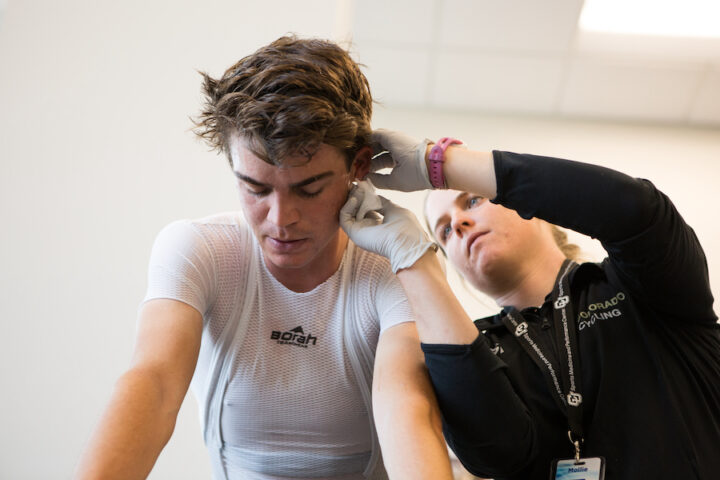
The Endurance Athlete’s Guide to VO2max and Lactate Tests
Find out all the dos and don’ts of physiological testing as we break down VO2max and lactate/ramp testing.
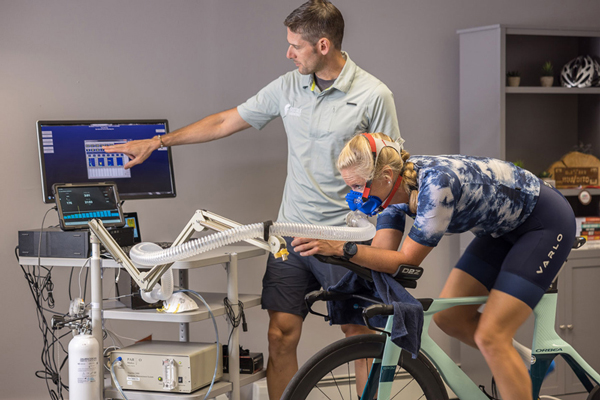
Humans aren’t machines—we’re much more complicated. Exercise physiology involves changes in the body from exercise and rest.
From anaerobic threshold to environmental acclimatization, from FTP to PGC-1 alpha, we explore the science of human performance.

Find out all the dos and don’ts of physiological testing as we break down VO2max and lactate/ramp testing.
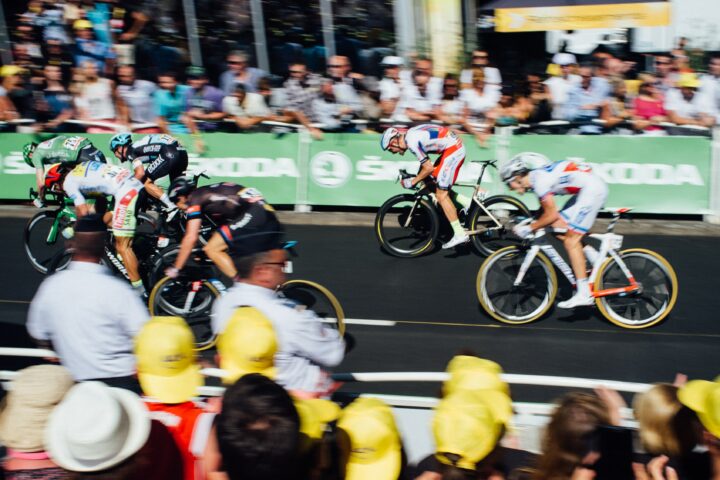
We explore the physiology of race season—how to find top-end fitness, how long it takes, and the best ways to do it.
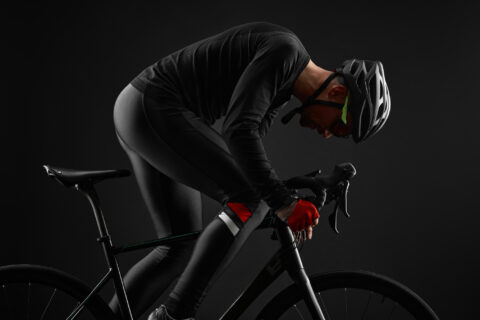
Your lactate threshold may not be what you think it is. Coach Trevor Connor explores the true definition of this physiological turn point.
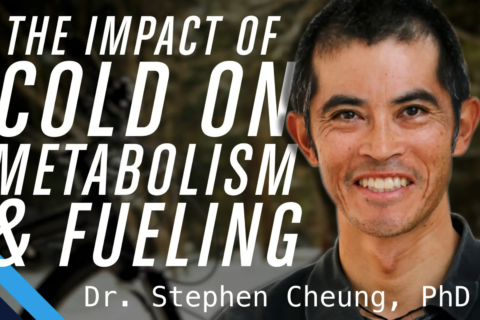
Environmental physiologist Dr. Stephen Cheung addresses whether the amount of fat and carbohydrate used for energy changes with the temperature.
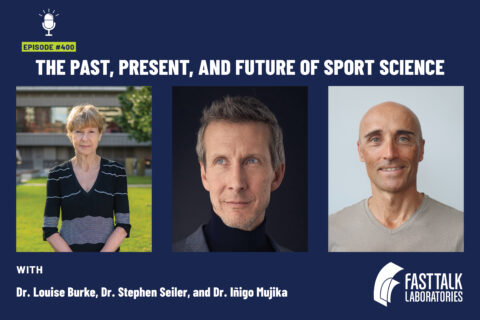
For our 400th episode we invited three of the most prominent names in exercise physiology to discuss where we are and where we’re going in endurance sports science.
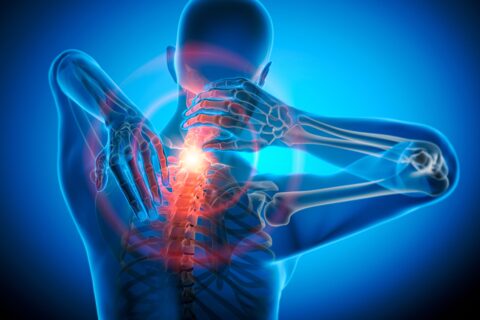
Physical therapist Carol Passarelli reveals the truth about “tight upper traps” in cyclists, what the usual causes are, and how to fix neck pain.
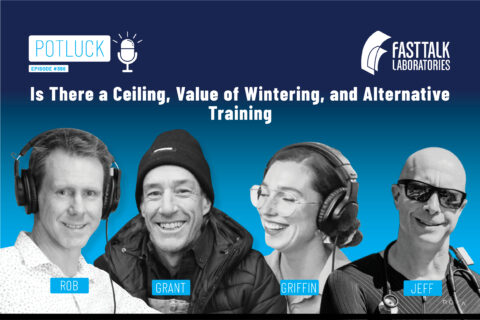
In this week’s potluck episode, we discuss whether there is a true ceiling to our potential, whether there’s a value in “wintering” or taking time off, and what cross training our hosts recommend.
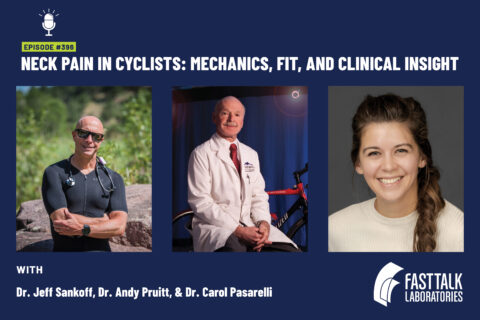
Experts in medicine, biomechanics, and physical therapy join Dr. Griffin McMath and Trevor Connor to decode the causes of neck pain in cyclists and the strategies that keep athletes strong, steady, and pain-free over the long haul.
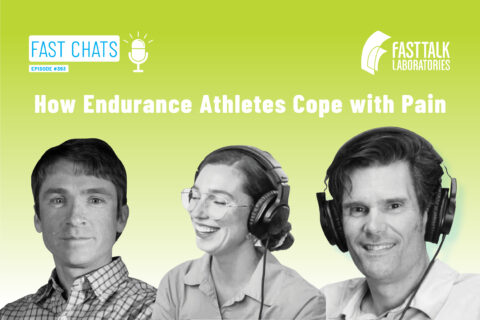
We unpack what pain really means in endurance sport and how ultra-athletes use interoception, mindset, and adaptive coping (vs. maladaptive spirals) to finish stronger—less suffering, more control.
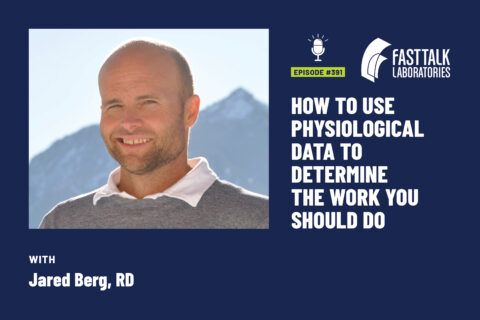
Physiologist Jared Berg talks with us about how he uses both in-lab and on-the-road testing to determine what type of work an athlete should focus on.

Discover what happens to your body when you stop training. Dr. Iñigo Mujika explains detraining effects and how athletes can manage time off.
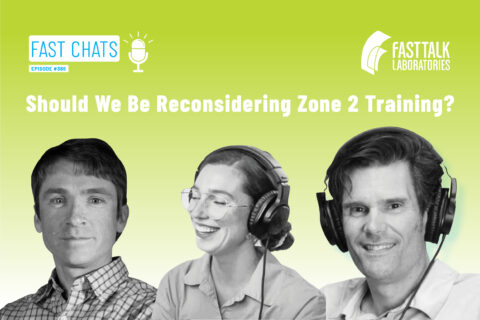
Zone 2 training has become all the rage, but a 2025 review is taking a step back and questioning whether it really produces the gains we thought it does.
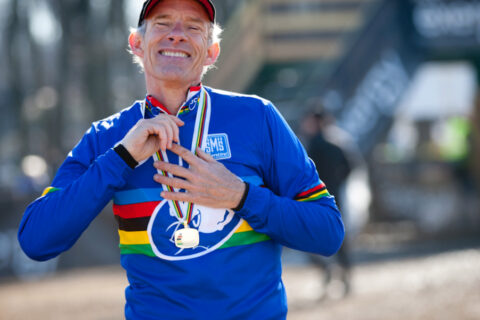
Age-related declines in performance are not as inevitable as you think.
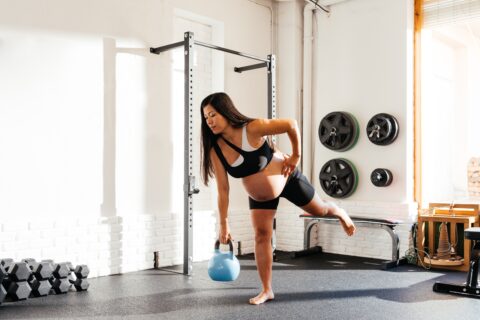
We explore the best ways to stay active, safe, and comfortable as child birth nears.
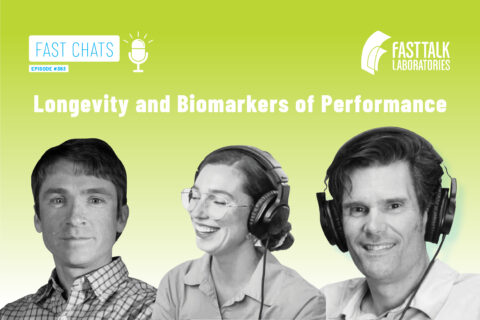
In this episode, we take a critical look at the longevity movement and explore the most valuable—yet elusive—biomarkers for athletes.
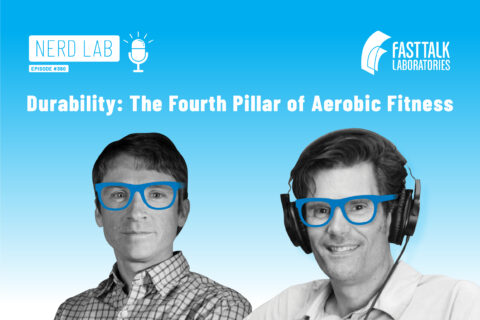
Coaches have known about the importance of durability for years, but researchers are only just starting to catch up. We discuss why it is the fourth pillar of performance.
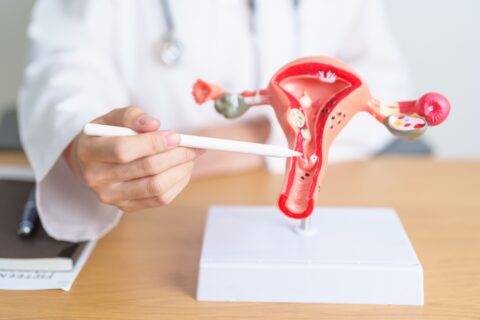
Hormonal fluctuations during the menstrual cycle influence training, recovery, and performance. Individual tracking and targeted strategies help female athletes adapt and thrive.
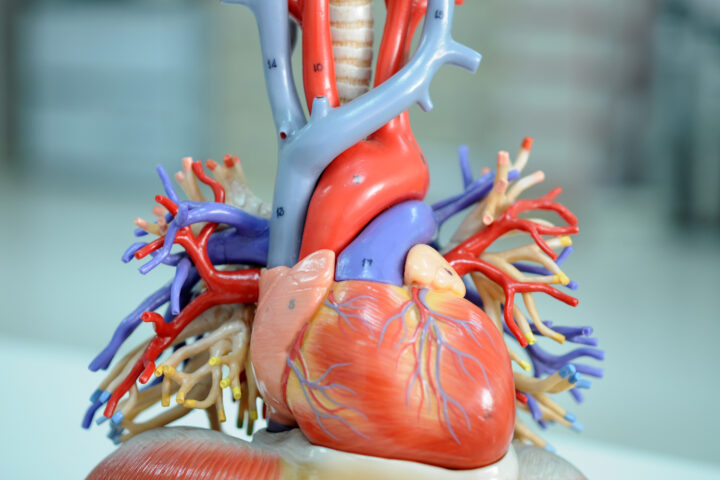
The cardiovascular system powers endurance performance. Explore how training reshapes the heart, what causes cardiovascular drift, and why too much exercise may carry long-term risks.
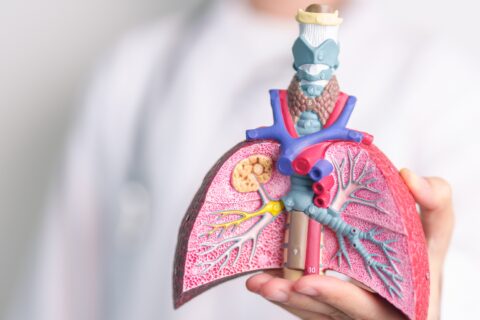
Oxygen delivery, VO2max, and breathing efficiency all shape how the respiratory system supports endurance performance.
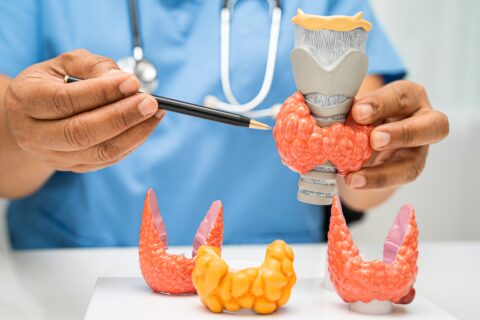
Hormonal regulation plays a vital role in energy balance, recovery, and performance—disruptions can lead to fatigue, stagnation, or overtraining.
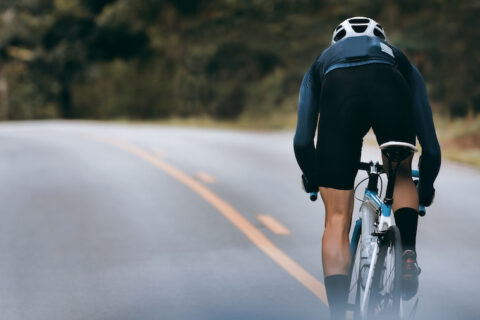
Doing more sprint work and cadence drills on your rides could lead to substantial performance gains.
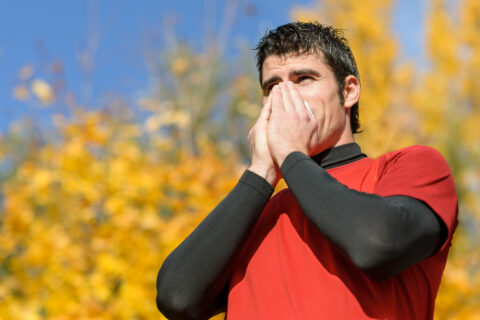
The closer we get to peak fitness, the more vulnerable we may become to illness. We explore how to prevent illness, and how to train effectively when it strikes.